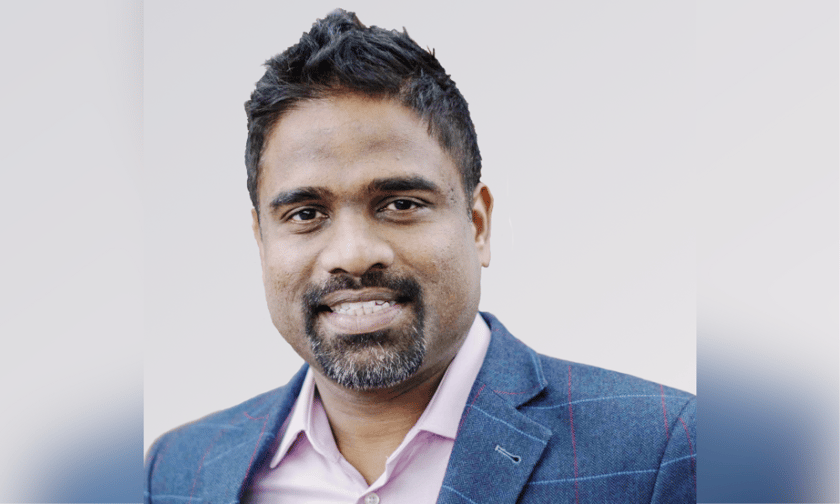

Murmurings of a talent ‘gap’ or ‘crunch’ facing the insurance industry were thrown into sharp relief by the Chartered Insurance Institute (CII) New Generation Underwriting group’s report into the market’s ‘talent shortage crisis’. Highlighting the barriers to entry facing the market, the research identified social media – specifically TikTok – and ESG engagement as integral to attracting talent.
Respondents addressed the longstanding impression of insurance as a ‘steady’ career rather than an exciting one, with CII president Ian Callaghan encouraging, “those in a position to do so, to be proactive, forward-thinking, and innovative in their talent attraction strategies.” It’s a message Crescens George (pictured), CEO of Wiser Academy, has been delivering to the industry for a decade now.
Speaking with Insurance Business at the recent MGAA Conference 2024 he shared his determination to prevent the MGA sector from “falling into some of the pitfalls brokers and underwriters are in”. Simply put, he said, the market has not adequately invested in talent decades and now it’s feeling the pinch of that lack of investment.
The CII group’s report on the market identified the risks faced by the industry if a concerted effort is not made to address the talent gap. What is clear is that whether it’s due to the lack of qualification of many working across the sector, or the fissure being widened by the retirement of experts at the sharp end of the pipeline, insurance has not been made attractive enough to the younger generation. “Many firms are struggling to recruit, and I think there’s going to continue to be a big void of people coming in,” George said.
“Because great talent won’t want to walk into a culture where training and development is not at the forefront. I worry about what kind of people we’ll attract into the industry if we don’t drive home the message that insurance is not a job, it’s a career in the making.”
Conversations which focus on profitability and productivity without acknowledging the role talent has to play in both are missing the crux of the problem when it comes to the future of insurance and, in that, the solution.
George highlighted that simply talking about the problem at hand is not enough.
“I sat in a panel recently where the audience asked what more can be done to attract young people into financial services,” he said. “And the panel talked about the need to go out to schools and talk in colleges. But I heard that 10 years ago, I said that 10 years ago. And if I was to ask the panellists how many of their businesses had actually gone out to schools and colleges, hardly any hands would go up.” The gauntlet has been thrown down to the industry that the time for conversation is over, and the time for action has arrived.
He noted that he has seen traction in recent months, highlighting the work of the ‘Futures Academy’ by the London Market Association as especially positive to see. “Now I think insurance broking, the composite insurers, and MGAs should really put those words into action, that’s how we will make headway into the younger generation. And when you bring them into your business, don’t bring them into a job - because that’s not going to excite the younger generation. Rather, show them you can help them build a successful career.”
Laying the foundations for a successful career is the only way in which insurance can realistically build a sustainable talent pipeline. At the heart of creating the required conditions for talent to thrive is understanding the old adage of ‘hire for attitude, train for skills’.
With the CII group’s research setting clear parameters for the solution to the talent crisis, including the role of Talent Attraction Ambassadors (TAA) and the creation of a ‘Trusted Partner’ status for organisations promoting talent attraction, it’s clear that the talent crisis is on the minds of many across the market. From his perspective, George said, he feels positive about the future when he sees the work being done, including by the MGAA Next Gen Committee.
“What we need now is for the slightly older generation of established business leaders to come and fuel these efforts and support the ambitions of the next gen,” he said. “That’s how we can establish strong foundations which will allow these kinds of initiatives to go on to achieve bigger, better things for the insurance market.”
